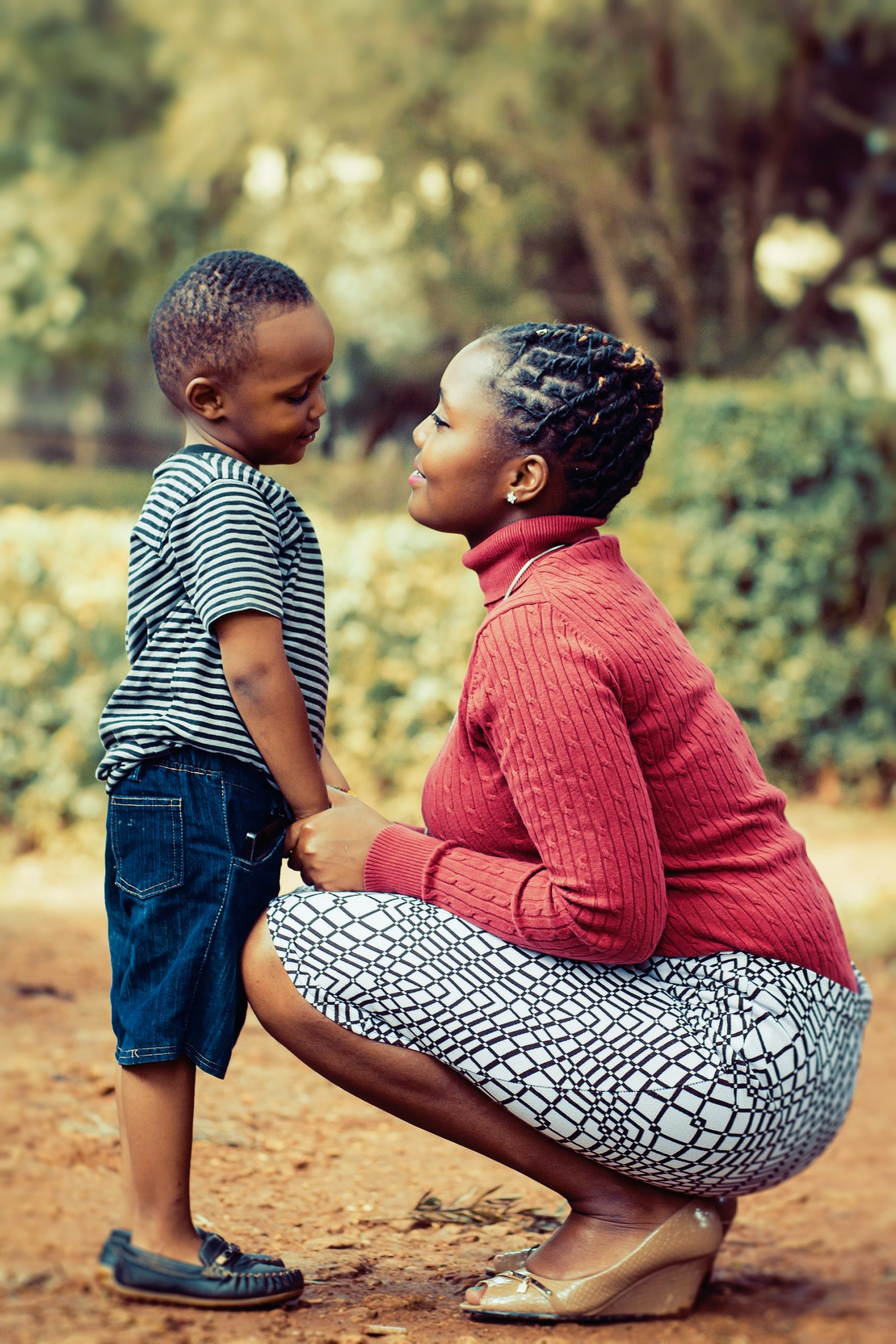Hearing tests can be administered to children of all ages. The child hearing test Adelaide strategy chosen will vary based on their age and capabilities.
Your baby will be placed in a special booth fitted with headphones at this test. An audiologist will play different volumes and pitches of sounds before asking your baby to respond by turning towards or pressing a response button.
Tympanogram
Tympanometry (tym-pah-NOM-eh-tree) measures the movement and pressure in children’s ear canals. This test can help identify issues in their middle ear, such as fluid accumulation or eardrum perforations.
A tympanometer test uses a small probe inserted into your child’s ear canal. As it may be scary for children, it is wise to prepare them in advance by explaining and demonstrating it on a doll or other object. An audiologist will place the probe part of a tympanometer into the ear and alter air pressure to measure how the eardrum moves; then, using a tympanogram graph, display the results.
Maintaining stillness during this test is paramount, as movement, laughter, or swallowing may alter results. Furthermore, any signs of an ear infection must be eliminated before this examination to prevent its symptoms from influencing results.
Acoustic Reflexes
A child hearing test Adelaide audiologist will conduct this examination by measuring your child’s reaction to loud sounds. It allows the audiologist to ascertain which part of their middle ear isn’t functioning normally or whether there’s fluid accumulation or holes in their eardrum.
This test measures involuntary muscle contractions of the tympanic membrane, known as its acoustic reflex. An audiologist will use it to ascertain the health of both middle ears and any issues affecting the movement of the tympanic membrane.
An acoustic reflex will typically demonstrate both ipsilateral and contralateral responses at all testing frequencies. In performing this exam, an audiologist will have your child sit on their lap or inside a sound booth with headphones, then present them with clicks or tones through visual reinforcement, such as light-up animated puppets or videos to encourage turning toward the source. They will be tested at frequencies ranging from low-pitch tones to speech range to measure acoustic reflexes.
Brainstem Response
Gillette’s audiologist may recommend Auditory Brainstem Response (ABR) evaluations for infants who failed their newborn hearing screening or are too young to respond to behavioural tests. ABR tests are safe and painless ways of measuring how effectively your baby’s ears, auditory nerve, and pathways to the brainstem work together.
A child hearing test Adelaide audiologist will place small adhesive recording electrodes (stickers) on your child’s forehead and ears to perform ABR. These electrodes read electroencephalography (EEG) activity and capture clicks or tone bursts generated by stimulating earphones that stimulate hearing nerves. Children older than six months may need sedation during this portion of the test; if necessary, please let the clinic know beforehand so they can plan appropriately.
Otoacoustic Emissions
Otoacoustic emissions (OAEs), also known as OAEs, are extremely soft sounds produced by the cochlea either spontaneously or upon auditory stimulation, providing information about outer hair cells (OHC) function within the ear and normal hearing sensitivity if present.
To measure OAEs, a small probe fitted with speakers and a microphone will be placed in your child’s ear canal. The speakers produce clicks while the microphone records quiet echoes of these soundwaves emitted by the probe’s speakers; this test is quick, noninvasive, and doesn’t require behavioural responses for completion.
Noise interference with OAE recordings, particularly at lower frequencies, can interfere with recordings. In addressing this problem, a test environment is carefully screened before applying a high pass filter to the test signal – this helps remove lower frequency background noise from entering the ear canal, decreasing interference from ambient and physiological noise sources while improving OAE signal-to-noise ratio and signal-to-noise ratio; Otoacoustic emission tests are commonly utilised as part of newborn and infant screening programs.
If your child is displaying symptoms of hearing loss, the first step to take will be for them to undergo a hearing test. There are a variety of tests that can be performed depending on the age of your child and what type of hearing loss is suspected.


